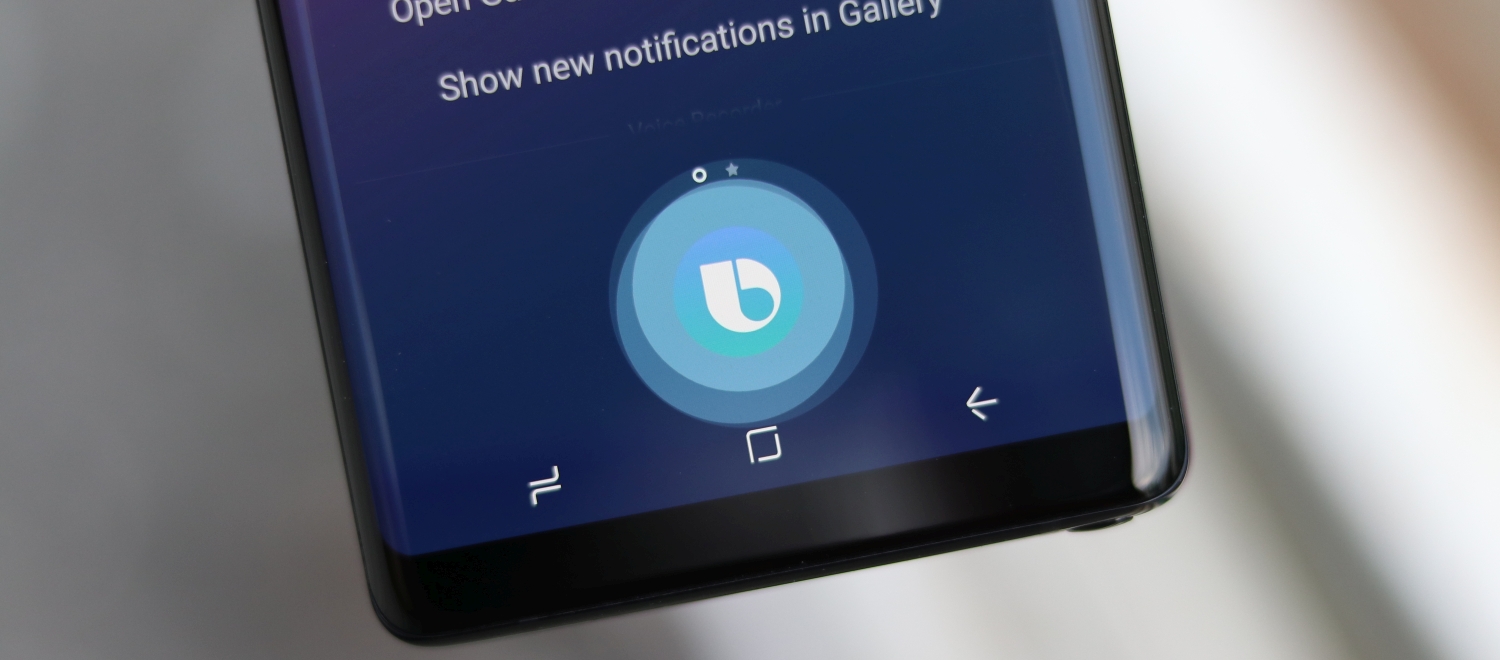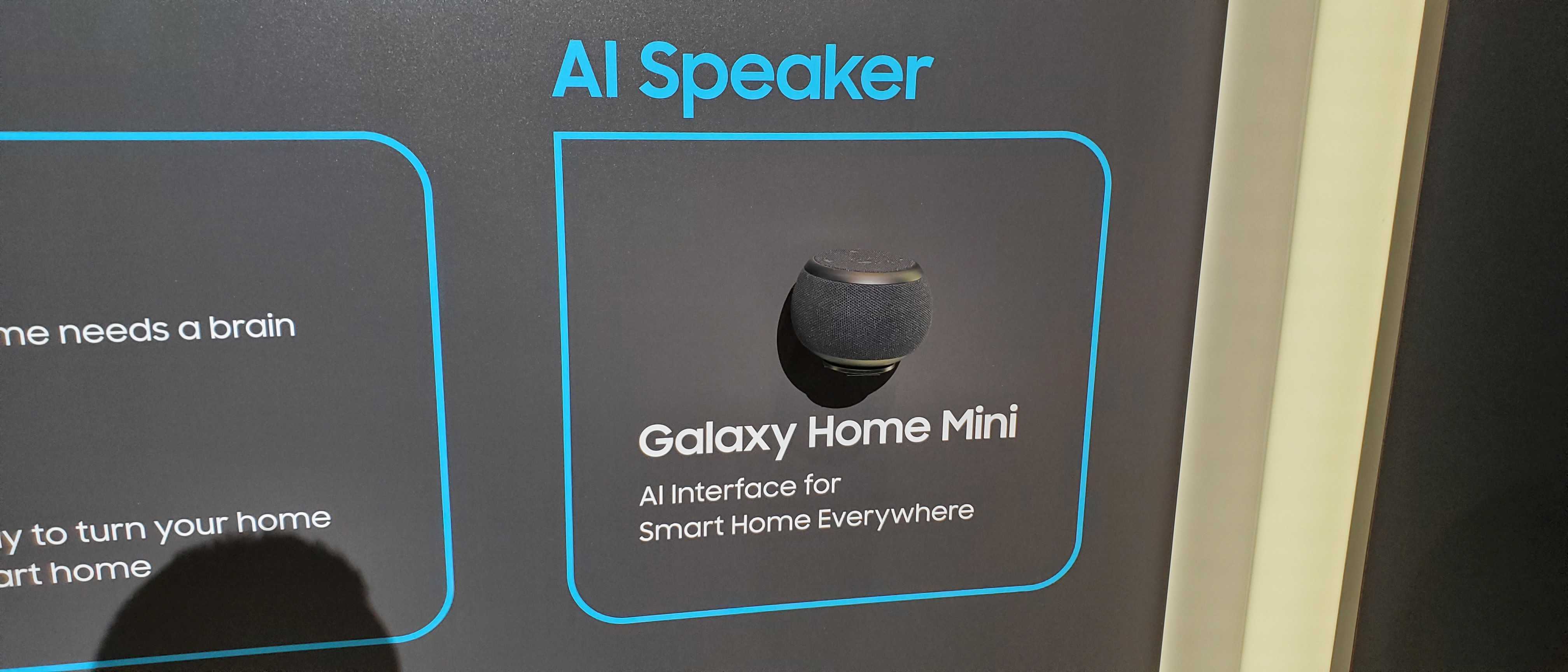Latest news
Introduction
Samsung launched the Bixby virtual assistant in March of 2017 as a completely new take on the S Voice concept. What is a virtual assistant? Essentially, it's a piece of (often AI-powered) software that can perform tasks for you and answer your queries. It's usually integrated with first-party apps, and in the best cases, it can also interact with third-party software.
Bixby is Samsung's answer to the other popular virtual assistants like Siri, Alexa and Google Assistant. Samsung has continued to make improvements to Bixby over years with the Bixby 2.0 overhaul bringing three key features: Bixby Home, Bixby Voice, and Bixby Vision.
This should give you a better understanding of what Samsung's virtual assistant is about, whether you're new to the Galaxy ecosystem or a long-standing fan with little first-hand experience with Bixby.
The Bixby Evolution – 1.0 to 2.0
Samsung's first version of Bixby was released along with the Galaxy S8 series. Bixby 1.0 was fairly simplistic, it wasn't powered by artificial intelligence to the extent Bixby 2.0 is, and it was more of a voice interfacing tool than a smart assistant. It didn't take long for the company to launch a major update labeled Bixby 2.0. The latter was introduced in October 2017 as a bold reinvention of the platform, and Samsung's goal was to turn it into an intelligence tool capable of interacting with your Samsung device ecosystem.
Samsung claimed that Bixby could do almost everything in response to a voice command that the user can do by tapping on the display. Where Bixby 1.0 was more of a voice interface tool that essentially changed the input method from touch to voice, Bixby 2.0 is more of an AI interface enhanced by natural language capabilities. An example of this evolution is that Bixby 2.0 no longer requires the Hi Bixby voice command for every interaction between it and the user. Bixby 2.0 made the dialogue more natural, and it also leverages AI to learn and improve according to the user's daily routine.
Bixby 1.0 was compatible with only a handful of third-party apps, whereas Bixby 2.0 is backed by an SDK for developers and promised better integration with third-party apps. This didn't pan out quite as expected. More on that later, but for now, it's worth noting that your experience with Bixby 2.0 will differ depending on what market you're in, simply because the Bixby Marketplace launched in mid-2019 is available only in a couple of countries.
Bixby 2.0 is made up of three main components called Bixby Home, Bixby Voice, and Bixby Vision. There's also the Bixby Marketplace, however, it's available only in South Korea and the USA.
Bixby Capsules
In November 2018, Samsung opened up Bixby to third-party developers. They could build new experiences for and connect their services to the virtual assistant by developing Bixby Capsules. To that end, it announced the launch of the Bixby Developer Studio at the Samsung Developer Conference 2018 in San Francisco. It was a collection of tools designed to help developers create Bixby Capsules.
The capsules are distributed through the Bixby Marketplace. They're only available in limited markets right now but Samsung will eventually expand their availability. Partners like ride-sharing companies and banks can create capsules that allow users to order a cab or check their account balance, for example. Samsung's own integrations for Bixby are now called capsules as well.
Bixby Features
Bixby has the following core features: Bixby Home, Bixby Voice, Bixby Vision and Bixby Routines.
- Bixby Home – A card-based contextual information hub
- Bixby Voice – A conversational voice assistant
- Bixby Vision – Augmented Reality experiences
- Bixby Routines – Supercharge your Bixby experience with machine learning
Availability
Bixby is available on a wide variety of Samsung mobile devices. All flagship and many mid-range devices have the full Bixby experience which includes Bixby Voice. Some affordable devices don't offer the conversational voice assistant but do have other Bixby features.
In addition to being available on smartphones, tablets and wearable devices, Samsung has also expanded Bixby to home appliances like its smart fridges and its smart TVs. There are also the Galaxy Home and Galaxy Home mini, Bixby-powered smart speakers.



